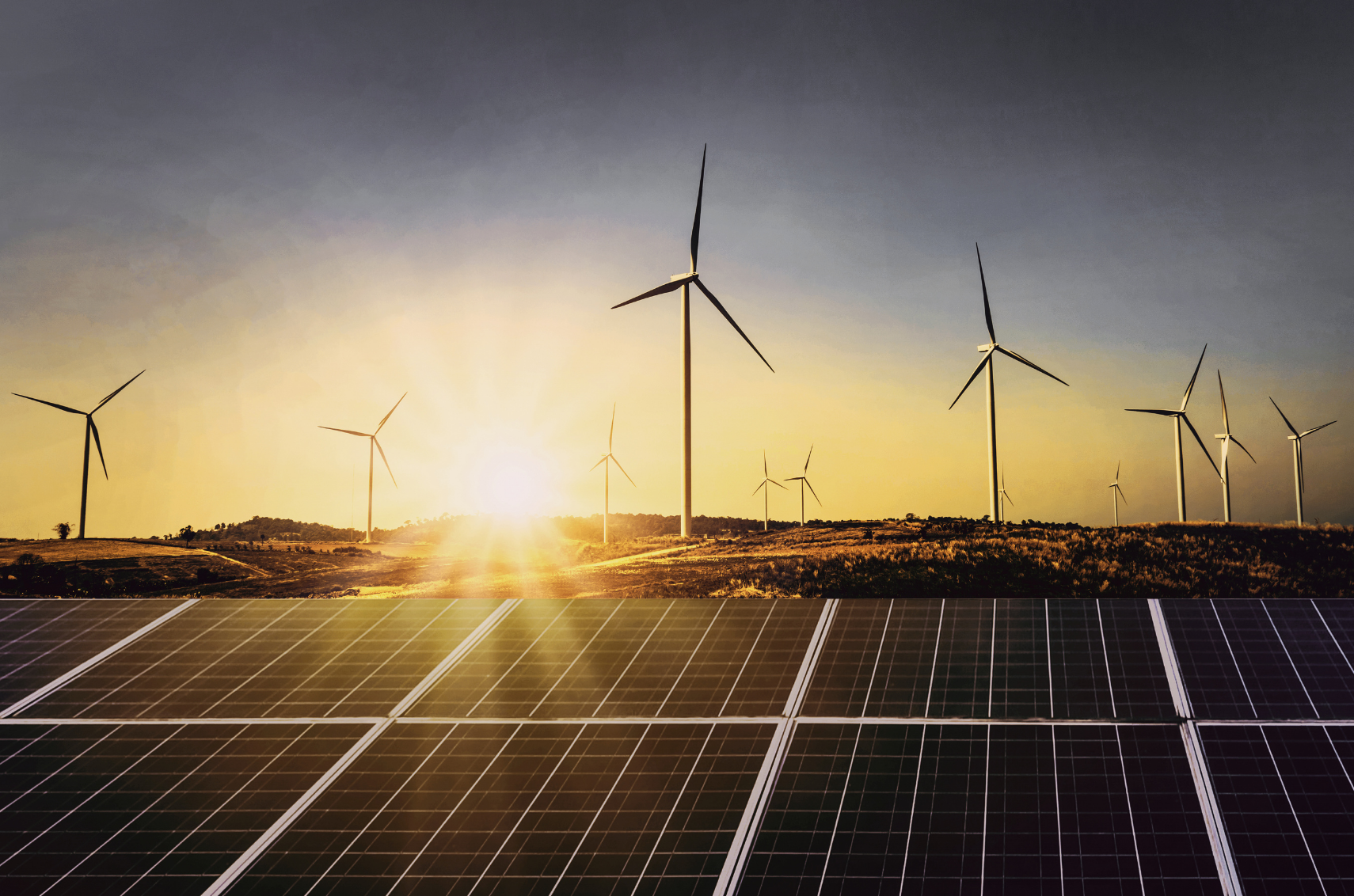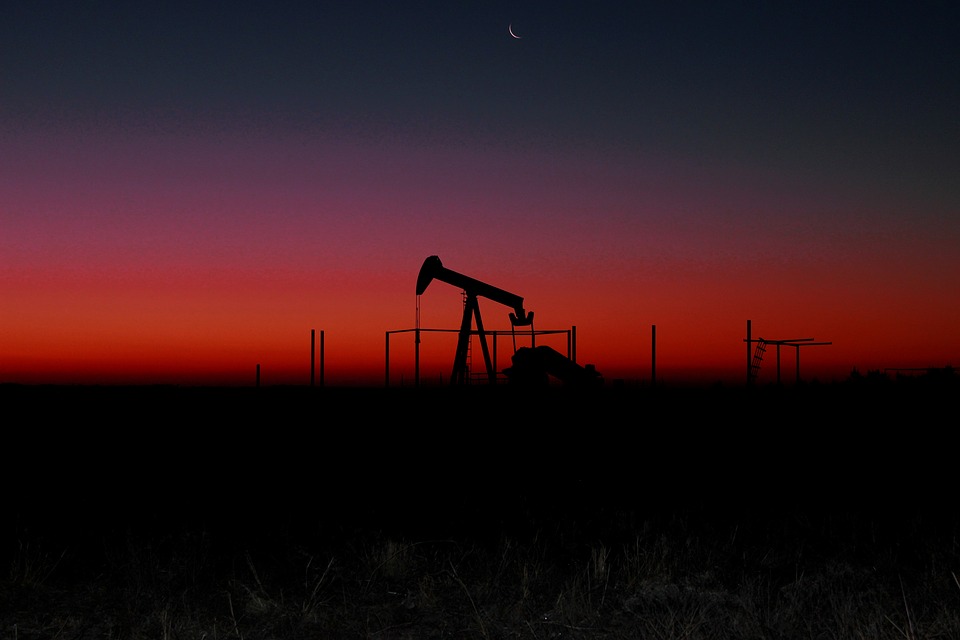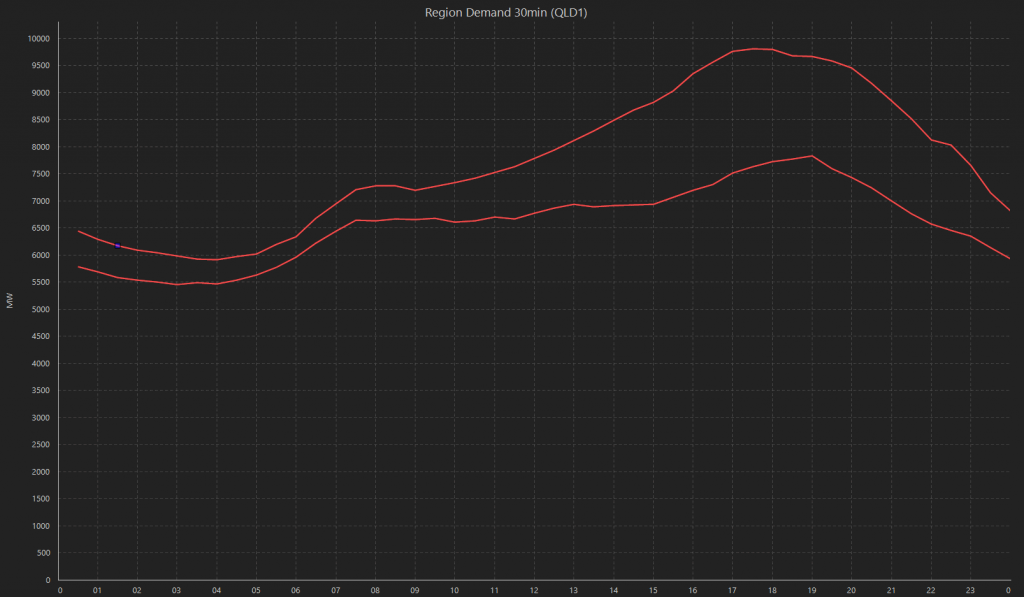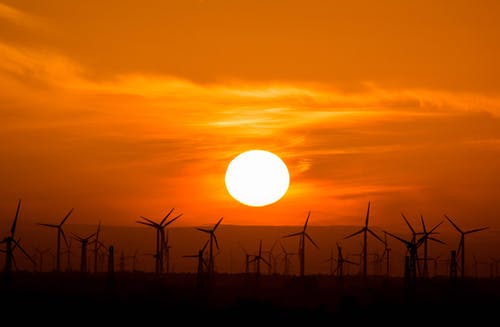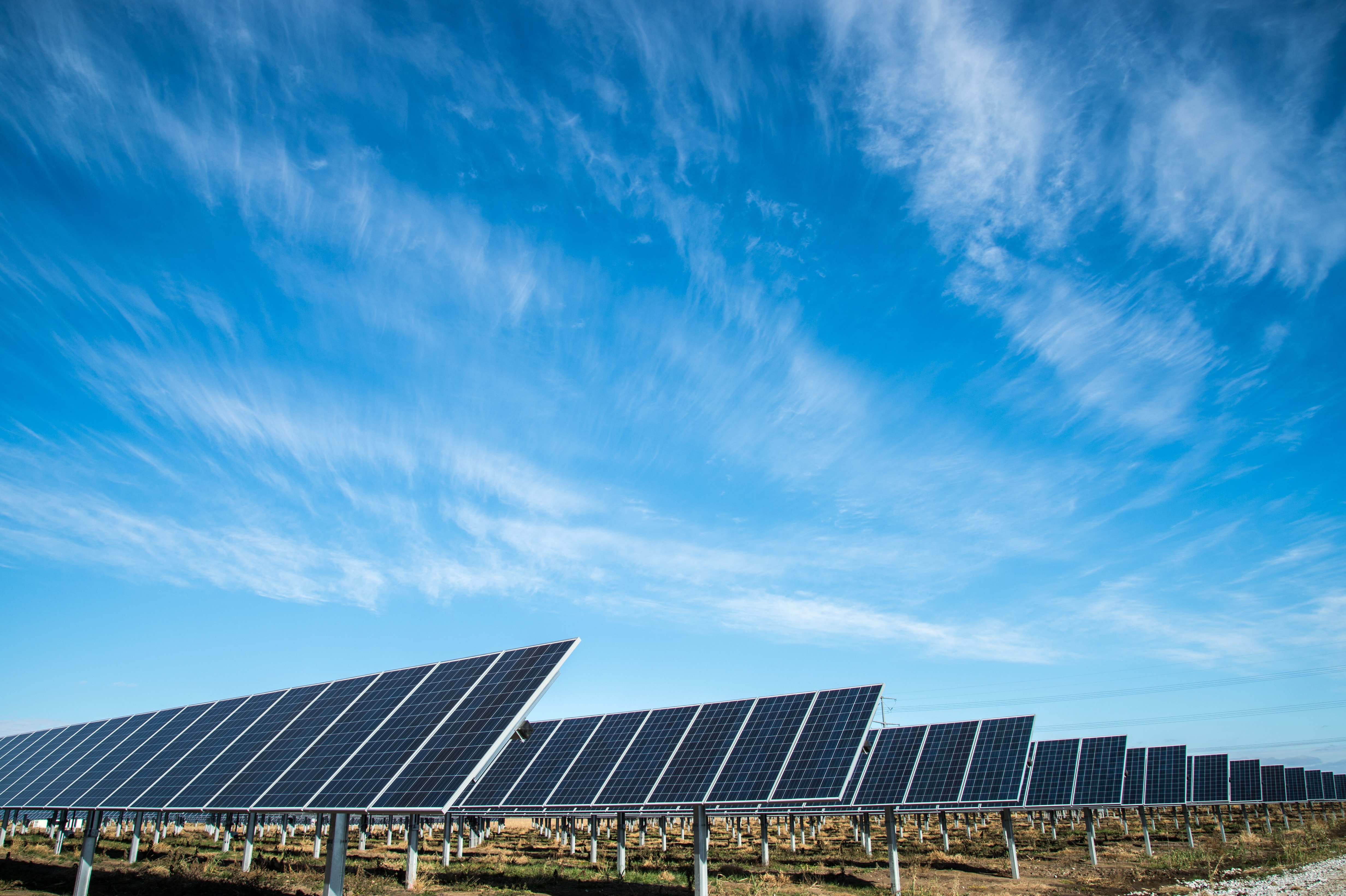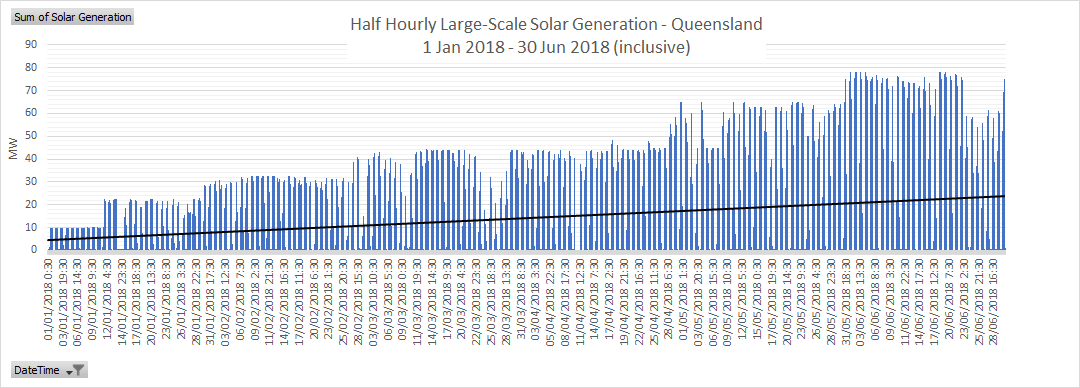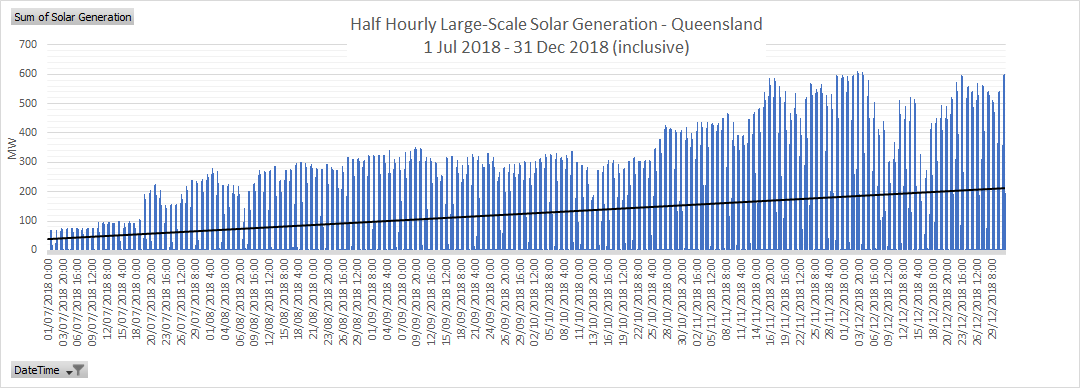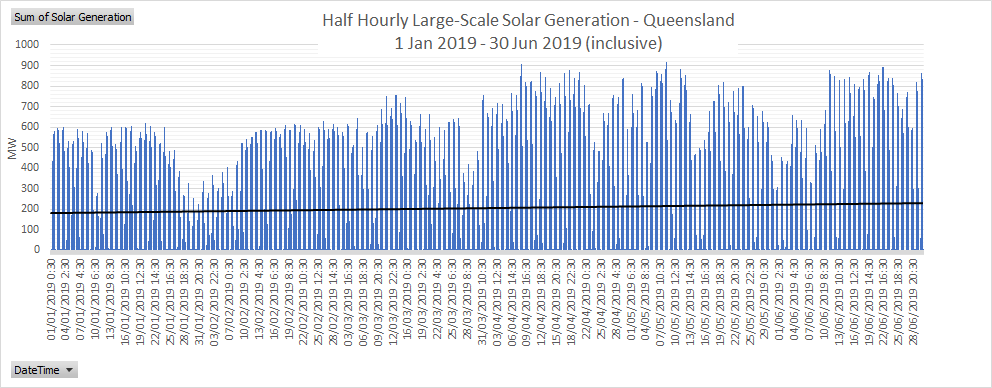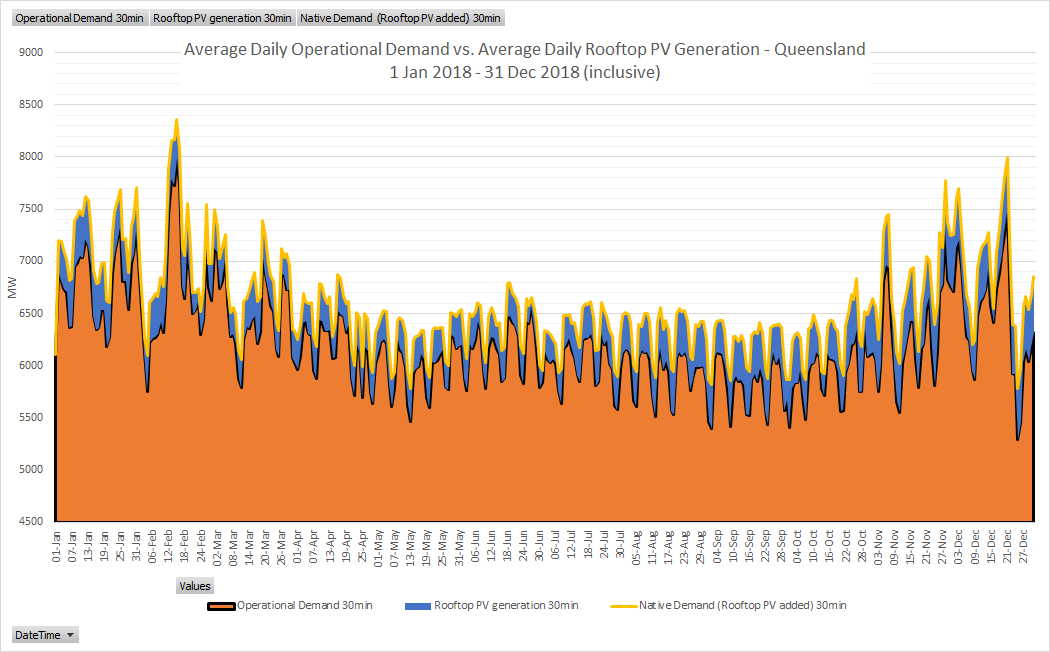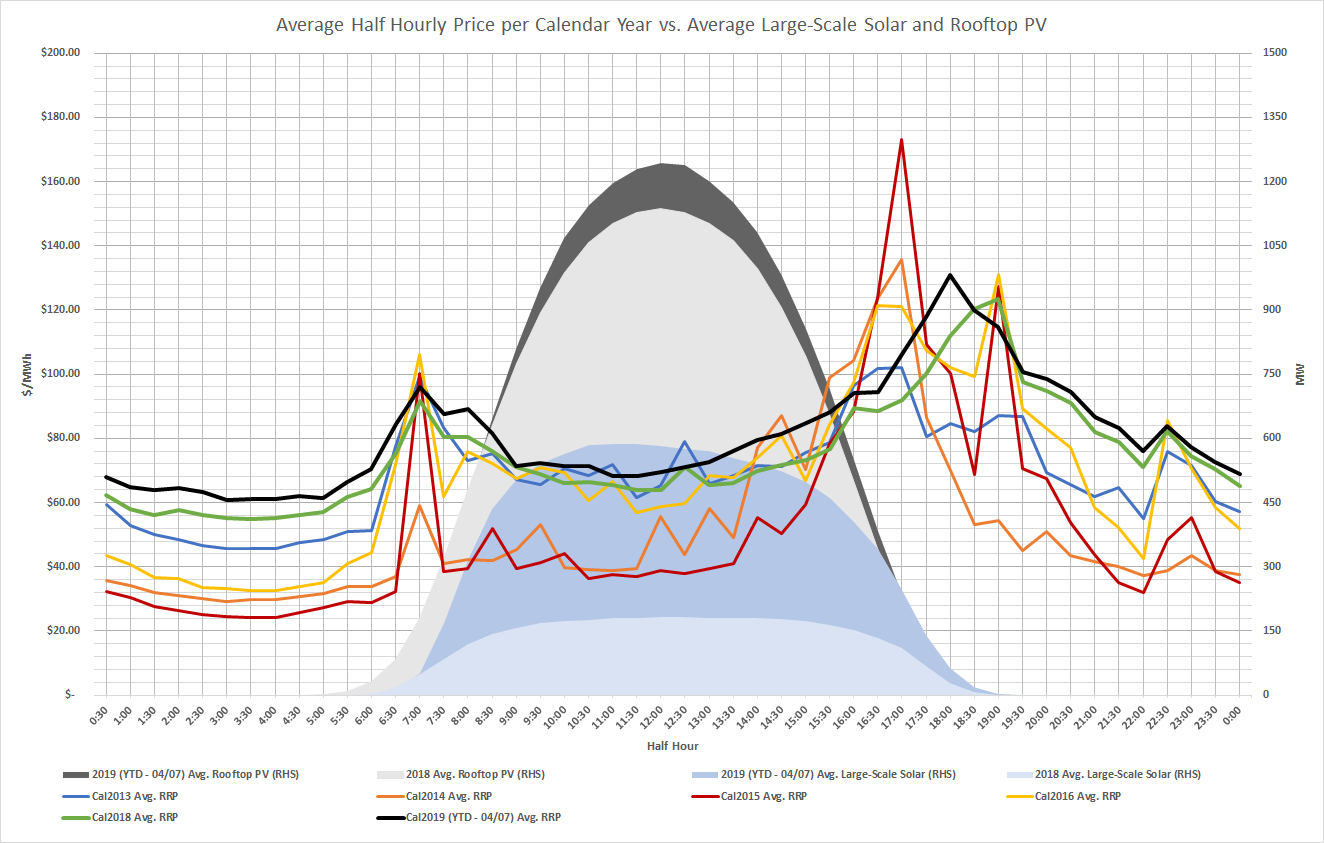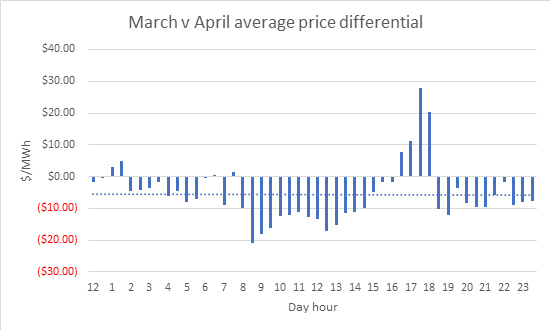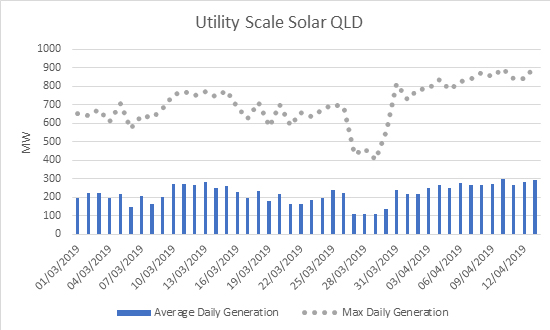On Friday, CSIRO released a draft of its latest annual GenCost report. The report is used by AEMO for some of its inputs and assumptions in their publications such as the ISP and the ESOO. The report calculates the expected levelised cost of electricity (LCOE) from a range of generation technologies.
In this year’s report, wind and solar continue to be Australia’s cheapest generation technologies. The report also explores the impact of storage on wind and solar, with the addition of batteries, wind and solar still outperform coal and gas.
The 2021-22 GenCost report estimates solar has a levelled cost of between $44 to $65/MWh and wind costs range between $45 to $57/MWh. The large range in costs is a direct relationship between the scale of the projects.
The CSIRO estimate to build a new baseload coal-fired power station would result in a LCOE of up to $118/MWh and gas is not far behind at $111/MWh. For units with a lower utilisation rate compared to a baseload unit, the LCOE would be significantly higher.
The report also looked into the future and predicts how the cost of generation technologies will change. It is likely the cost of coal and gas technologies will remain constants, in my view they will increase as equipment costs increase, access to specialist skilled labour decreases and capacity factors drop. On the other hand, the CSIRO predicts solar, wind, batteries etc will continue to drop in price resulting in lower LCOE into the future.
With a rapidly changing energy landscape, the CSIRO have also looked at the cost of integrating intermittent generation with storage and grid support services. The CSIRO predicts the integration of technologies and services will add as little as $10/MWh to the LCOE of the generation asset alone. Even with this integration, renewable as considerably cheaper than coal or gas-fired generation.
The study also found if Australia goes down the “gas led” recovery it is highly dependent on the cost of gas. There is a slim chance that gas can compete with renewables but only if gas prices are below $6/GJ and the gas-fired generator has a capacity factor of 80% or above.
If any of the existing coal-fired generators go down the track of installing Carbon Capture and Storage (CCS) it will make them less competitive leading to lower capacity factors. CCS is predicted to increase the LCOE of between $162 and $216/MWh. If the technology is used on Gas fired assets it is likely to increase the LCOE to between $107 and $170MWh.
Stepping outside conventional technologies, the CSIRO would envisage if Australia went down the nuclear path it would result in the highest LCOE of any generation technology.
With the move to a hydrogen economy, the CSIRO have also included the cost of electrolysers, while expensive now the expectation is that they will drop in price by 75% over the next 10 years and by up to 90% by 2050.
Although the GenCost report is currently out for stakeholder consultation it is an interesting view into the future of the Australian energy market.